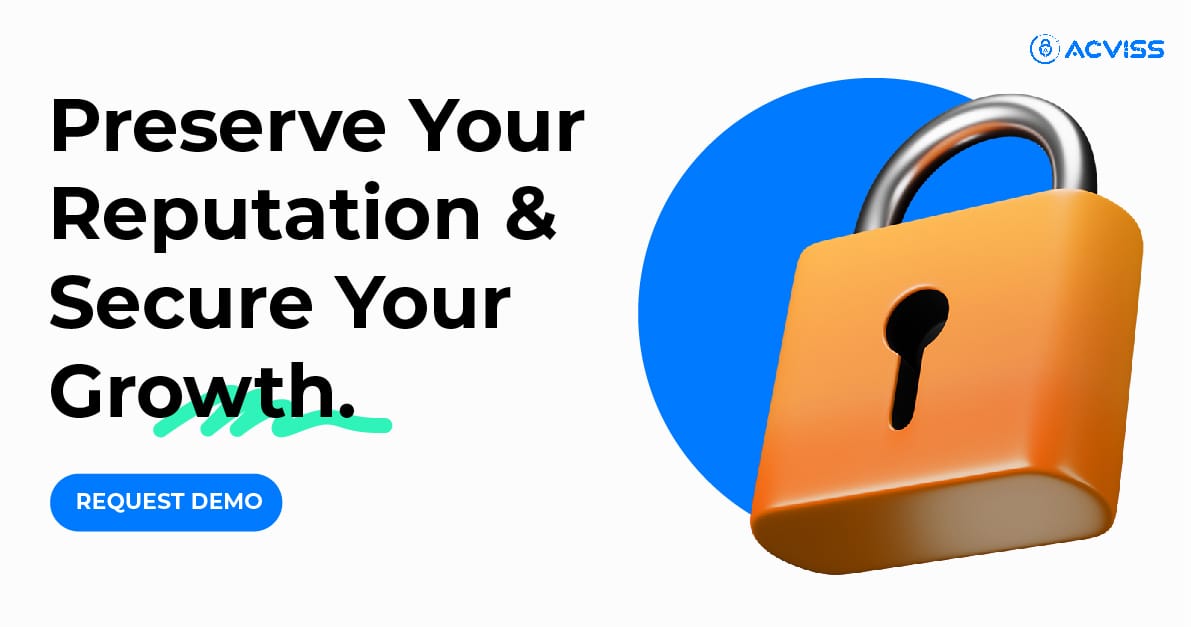From Holograms to QR Codes: Innovations in Authentic Labeling for Modern Businesses
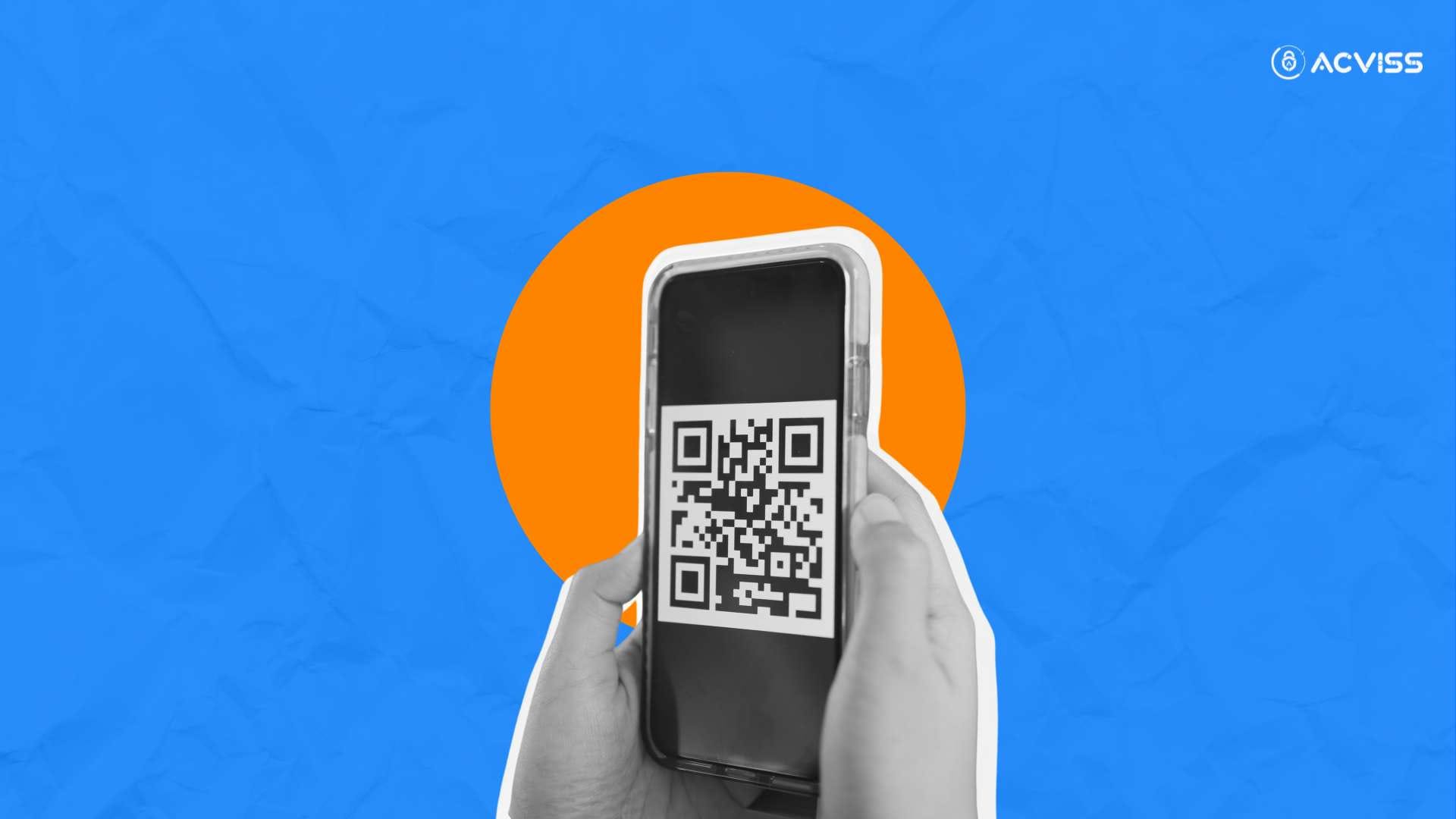
In the rapidly evolving business landscape, where consumer trust and brand integrity are paramount, the need for secure and authentic labeling solutions has never been greater. Counterfeiting, fraud, and product misrepresentation are widespread issues across numerous industries, from pharmaceuticals to luxury goods. For businesses aiming to protect their reputation and provide consumers with absolute certainty about the authenticity of their products, the innovation of labeling technologies has emerged as a game-changer.
From holograms to QR codes, businesses today are embracing cutting-edge solutions that not only secure their products but also enhance customer experience. These modern labeling innovations go beyond simply marking products; they are tools designed to safeguard brands, prevent fraud, ensure regulatory compliance, and build trust with consumers.
The Evolution of Authentic Labeling
The need for advanced labeling solutions has its roots in the increasing complexity of global supply chains and the rise of counterfeiting in virtually every sector. Initially, brand owners relied on traditional methods such as printed logos, seals, and signatures to assure consumers that products were genuine. However, as counterfeiters became more sophisticated, these methods no longer offered sufficient protection.
Enter the 21st century, where technological advancements have allowed brands to adopt new forms of labeling, each more secure, innovative, and interactive than the last. These innovations are driven not just by the need to thwart counterfeiters but also by a deeper understanding of consumer behaviour and the desire to improve engagement. As customers demand transparency, businesses are turning to technologies that provide real-time product verification, detailed product histories, and added layers of security.
Holographic Security Labels: A Pioneering Innovation
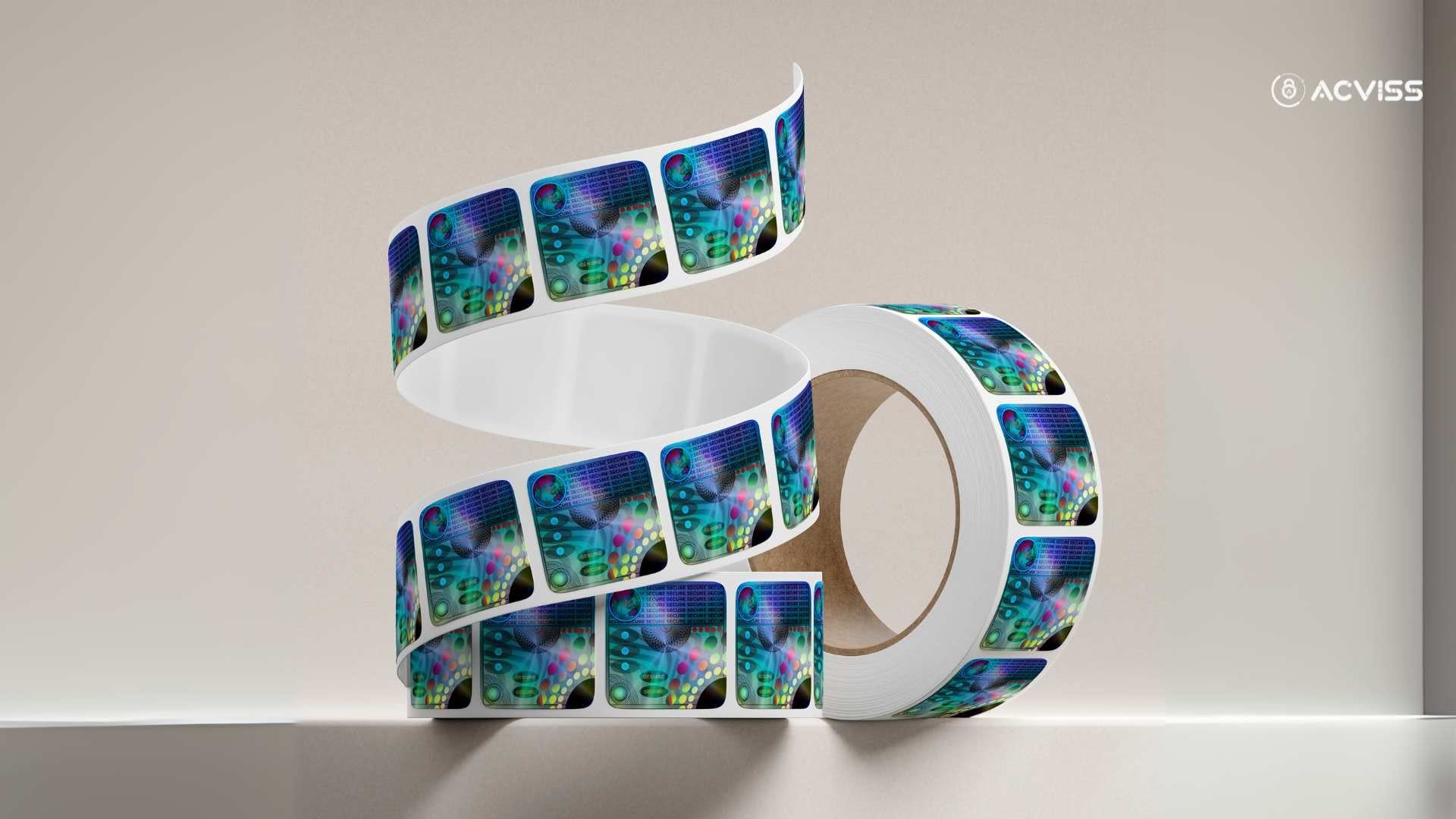
Holograms became a popular security feature in the 1980s. Their complexity and visual appeal made them difficult for counterfeiters to replicate. But holograms were just the beginning. Today’s holographic labels often incorporate additional security features such as microtext, UV-sensitive inks, and serialised codes, which further increase their effectiveness.
Despite their effectiveness, holograms alone can no longer meet the demands of modern security. Their inability to provide real-time verification and traceability paved the way for more advanced technologies.
Why Holograms Remain Popular:
Complexity: Difficult for counterfeiters to replicate due to intricate design features.
Visual Appeal: Used prominently in luxury goods, providing a prestigious look.
Multi-Layer Security: Integrates microtext, serialisation, and UV inks for added security.
The early days of anti-counterfeiting packaging saw holograms as the breakthrough technology that allowed brands to stay one step ahead of counterfeiters.
RFID and NFC: Revolutionising Product Tracking and Authentication
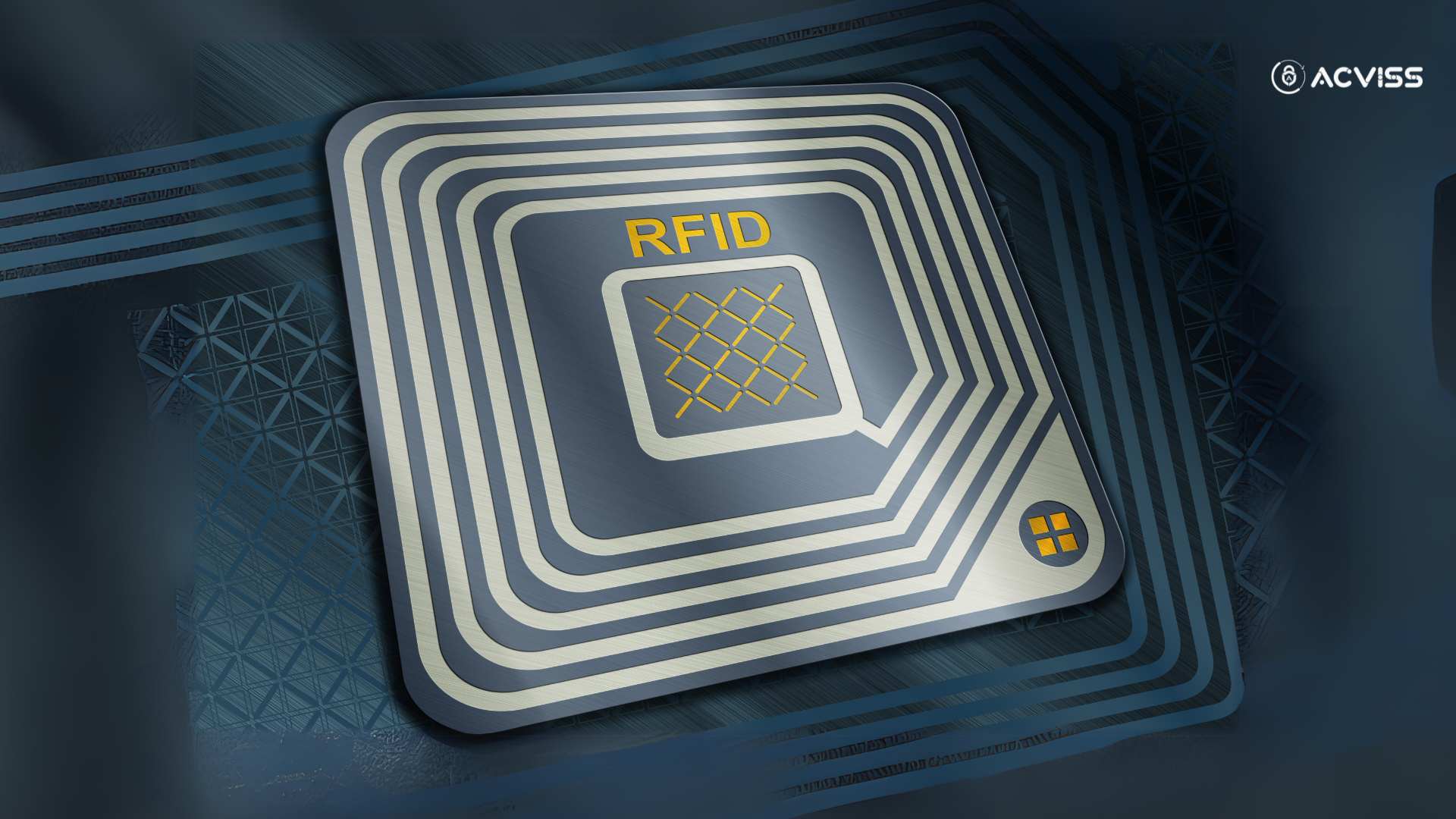
Radio Frequency Identification (RFID) and Near Field Communication (NFC) are becoming vital components in the brand protection toolkit. RFID enables businesses to track products at every stage of the supply chain, providing a robust solution for product authentication.
How RFID Works:
A chip embedded in the product’s label emits a unique signal.
The signal is detected by an RFID reader, allowing for real-time tracking.
Each tag can be associated with a database entry, which contains detailed information about the product’s journey.
Similarly, NFC offers a more consumer-facing solution. It allows customers to simply tap their smartphone on an NFC-enabled label to access information about the product's origin, manufacturing process, and authenticity.
QR Codes: A Versatile Tool for Consumer Engagement
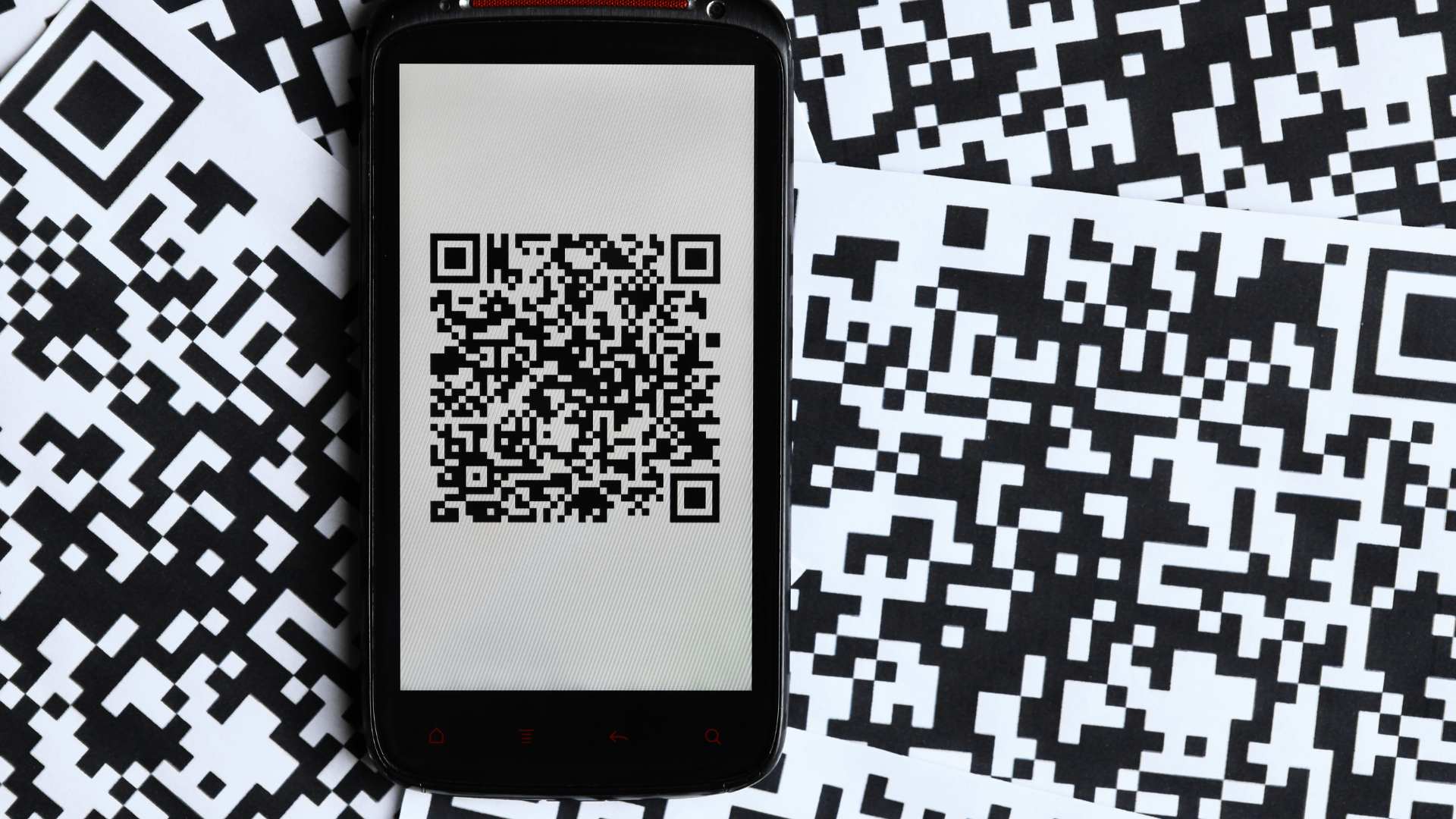
QR codes are among the most versatile tools for modern authentication. These matrix barcodes provide a quick, user-friendly way for consumers to verify product authenticity. Whether used on packaging, labels, or receipts, QR codes connect customers to detailed information about the product with a simple scan.
Advantages of QR Codes:
Instant Product Authentication: Customers can scan to confirm a product’s authenticity instantly.
Consumer Transparency: Offers detailed information about the product’s origin, certifications, and manufacturing date.
Versatility: Can be used for promotions, loyalty programs, and customer feedback.
QR codes allow businesses to build stronger relationships with customers by enhancing the purchasing experience with transparency and instant product data. This is particularly valuable in industries like pharmaceuticals, where counterfeiting poses a major risk to health and safety.
Blockchain: Securing Authenticity through Transparency
Blockchain technology takes security to the next level by providing an immutable record of a product's journey. With blockchain, every transaction, from manufacturing to point-of-sale, is recorded in a transparent and secure digital ledger. This ensures that both businesses and consumers can trace the product’s entire history, verifying its authenticity with complete confidence.
Key Benefits of Blockchain for Product Authentication:
Transparency: Provides a tamper-proof record of each step in the supply chain.
Trust: Consumers can verify the origin and history of a product with the blockchain.
Security: Data entered into the blockchain is permanent, ensuring that records cannot be altered or deleted.
Blockchain is transforming industries such as luxury goods, fashion, and pharmaceuticals by reducing the risk of counterfeit products and enhancing consumer confidence.
The Role of Artificial Intelligence in Authentic Labeling
Artificial Intelligence (AI) is increasingly playing a key role in authentic labeling. With the ability to analyse vast datasets in real-time, AI can help detect counterfeit products, monitor online platforms for fraudulent listings, and even assist in managing product recalls. AI-powered solutions are particularly useful for industries where counterfeit products can be hazardous to health or safety, such as pharmaceuticals and food safety.
AI’s Role in Authentic Labeling:
Real-time Fraud Detection: AI scans product images and supply chain records for inconsistencies.
Supply Chain Oversight: AI tracks product movements to ensure no tampering occurs during transit.
Customer Engagement: AI-powered systems allow businesses to offer personalized experiences, improving customer trust.
Future Outlook: The Integration of Multi-Layered Authentication Systems
As counterfeiting tactics become more sophisticated, businesses will need to adopt multi-layered authentication systems. These systems combine multiple technologies, such as holograms, RFID, NFC, QR codes, and blockchain into a single, unified solution that offers enhanced security, transparency, and consumer engagement.
Integrated Multi-Layer Authentication System:
Imagine a product label that integrates holograms, QR codes, and NFC technology, linked to a blockchain-based supply chain system. A consumer can scan the QR code to access detailed product information, check the blockchain record for the product’s history, and verify its authenticity with a simple NFC tap. At the same time, businesses gain valuable insights into their supply chain, ensuring that counterfeit goods cannot infiltrate their markets.
This seamless integration will not only safeguard products but will also create an interactive, secure, and transparent consumer experience that builds trust and loyalty.
Empowering Businesses and Consumers
The shift from traditional labels to advanced technologies such as holograms, QR codes, RFID, blockchain, and AI marks a significant milestone in the fight against counterfeiting. These innovations provide businesses with the tools they need to secure their products, track their supply chains, and build stronger relationships with their customers.
Take the Next Step in Brand Protection
Protect your brand. Build consumer trust. Stay ahead of counterfeiters.
Get in touch with us today to explore cutting-edge brand protection solutions tailored to your business needs. Let’s create a safer, more transparent marketplace together.
